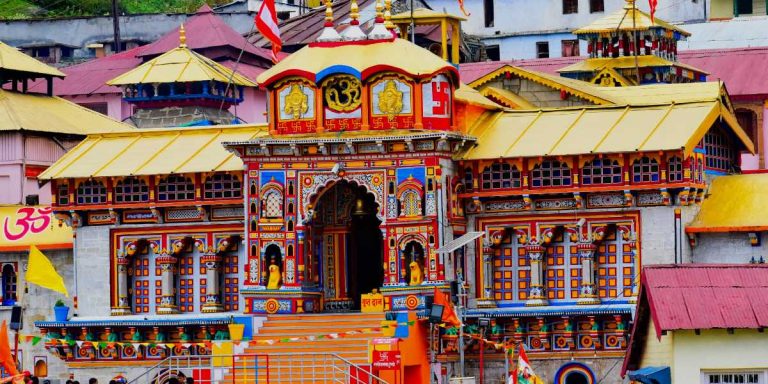The Langtang Valley Trek in Nepal offers trekkers an immersive experience into the heart of the Himalayas. Known for its stunning landscapes, rich culture, and proximity to Kathmandu, it’s an ideal choice for those seeking adventure without venturing into the more crowded regions like Everest or Annapurna.
🏞️ Trek Overview
The Langtang Valley Trek is a moderate-level trek that typically spans 7 to 10 days. It begins with a drive from Kathmandu to Syabrubesi, the trailhead, and follows a route that ascends through diverse landscapes, including subtropical forests, alpine meadows, and high-altitude glaciers. The trek culminates at Kyanjin Gompa, a sacred Buddhist monastery offering panoramic views of the surrounding peaks.
💰 Trek Cost Breakdown for 2025–2026
1. Permits and Fees
To trek in the Langtang region, trekkers are required to obtain the following permits:
- Langtang National Park Entry Permit: USD 30 for foreigners; USD 15 for SAARC nationals.
- TIMS (Trekkers’ Information Management System) Card: USD 20 for individual trekkers or USD 10 per person for group trekkers.
Note: These permits can be obtained in Kathmandu or at checkpoints en route to Syabrubesi.
2. Transportation
The journey to the trek’s starting point, Syabrubesi, involves a road trip from Kathmandu:
- Local Bus: USD 7–10 per person (one way).
- Tourist Bus: USD 20–30 per person (one way).
- Private Jeep: USD 100–150 for a shared ride among 5–7 people (one way).
Note: The return trip costs are similar, depending on the mode of transportation chosen.
3. Accommodation
Accommodation along the Langtang Valley Trek is primarily in teahouses:
- Teahouse Lodging: USD 5–10 per night for a basic room with shared facilities.
- Meals: USD 5–8 per meal.
Note: Prices may increase with altitude due to logistical challenges.
4. Guide and Porter Services
Hiring a guide and/or porter enhances the trekking experience:
- Guide: USD 25–30 per day, including their food, accommodation, and insurance.
- Porter: USD 20–25 per day, including their food, accommodation, and insurance.
Note: A combined guide and porter service is also available at a discounted rate.
5. Meals and Drinks
Meals are available at teahouses along the trail:
- Breakfast: USD 3–5.
- Lunch and Dinner: USD 4–7 per meal.
- Daily Food Expenses: USD 15–20.
Note: Bottled water and hot drinks like tea or coffee are also available, with prices varying based on altitude.
6. Miscellaneous Expenses
Additional costs to consider include:
- Travel Insurance: USD 50–100 for a 2-week trek, covering medical emergencies and evacuations.
- Gear Rental: USD 1–10 per day for items like sleeping bags, down jackets, and trekking poles.
- Wi-Fi and Charging: USD 2–5 per session.
- Snacks and Drinks: USD 5–10 per day.
- Contingency Fund: USD 100–150 for unforeseen expenses.
📊 Estimated Total Costs
| Budget Category | Estimated Cost (USD) |
| Budget Trekker | $240–400 |
| Mid-Range Trekker | $465–800 |
| Luxury Trekker | $1,030–1,540 |
Note: These estimates encompass permits, transportation, accommodation, meals, guide/porter fees, and miscellaneous expenses.
✅ Tips for Budget-Friendly Trekking
- Travel in a Group: Sharing costs for transportation and guide/porter services can significantly reduce expenses.
- Off-Season Trekking: Consider trekking during the off-peak seasons (monsoon and winter) for lower accommodation and service costs.
- Rent Gear: Renting trekking gear in Kathmandu can be more cost-effective than purchasing new equipment.
- Carry Snacks: Bringing packaged snacks from Kathmandu can help avoid higher prices on the trail.
- Purify Water: Using a water filter or purification tablets can reduce the need to purchase bottled water.




